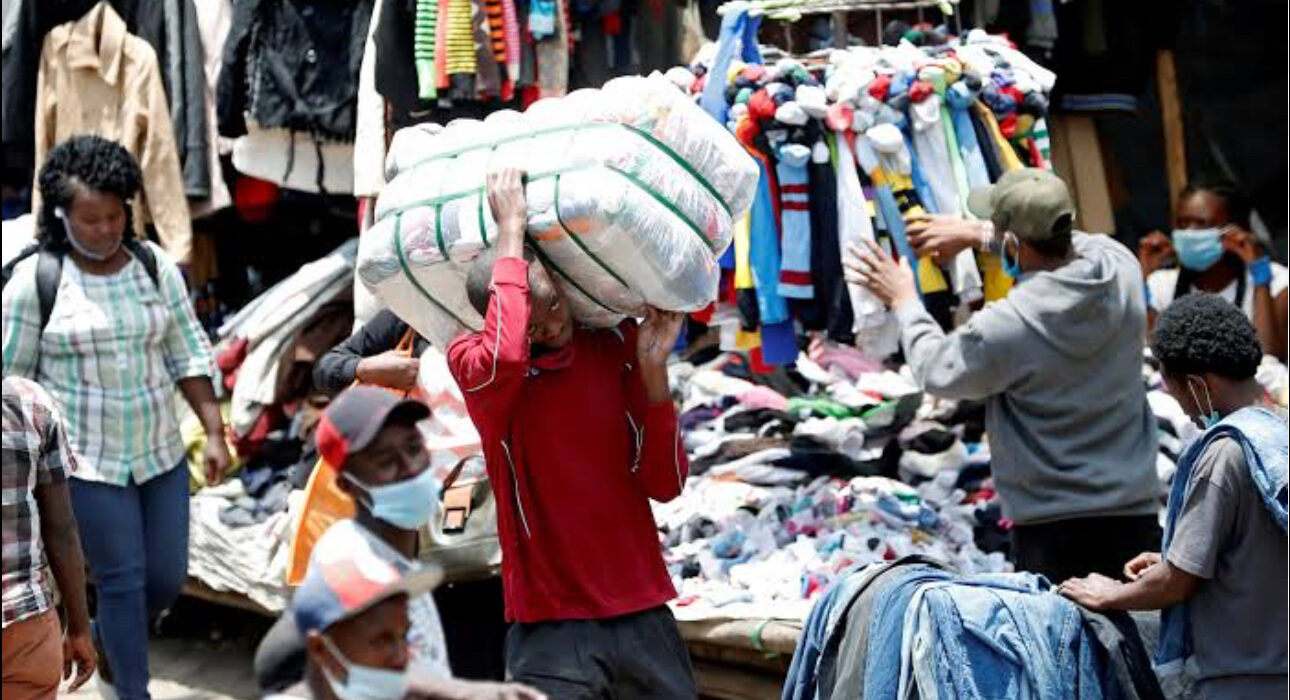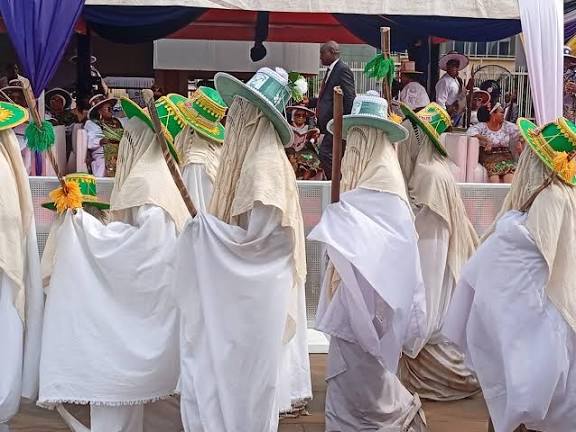Kenya Supplants Nigeria as Africa’s Largest Importer of Used Clothing

Kenya has now overtaken Nigeria to become the largest importer of second-hand apparel in Africa.
This comes on the heels of a jump in the quantity of used garments coming into the Kenyan market by leaps and bounds, with 53,979 tonnes coming in during the second quarter of 2023.
This represents a 30.6% increase from last year when 41,314 tonnes were brought in.
Kenya’s used clothing industry, also referred to as “mitumba,” has been booming driven by their affordability and accessibility that endear them to a wide clientele. Used clothing is predominantly desired by many Kenyan consumers due to the fact that they are cheaper than new clothing and are thought to be of higher quality.
The imports basically consist of second-hand garments from countries like the United States, the United Kingdom, and other Western nations, and are retailed in markets across Kenya.
Large markets such as Gikomba, Eastleigh, Muthurwa, and Toi in Nairobi have become the centers of the second-hand garment business, and from the business, a thriving industry employing directly an estimated two million individuals. The markets offer a complete range of garments, both informal and formal clothing, catering to various levels of people.
However, this booming industry also poses a threat to local enterprises. The Kenyan textile and garment industries are struggling to maintain competitiveness against second-hand garment entry.
Excessive production cost, such as high electricity cost, and inefficient productivity of Labour are among the main factors that have been keeping local textile manufacturers from thriving.
Therefore, the majority of Kenyan producers have raised concerns over the viability of the local textile industry with growing imports.
Despite calls from some quarters for a prohibition on second-hand clothing to protect local industries, Kenya has been unwilling to take such action.
The 2015 proposal by the East African Community to phase out second-hand clothing has not been fully achieved in Kenya, where imports have been growing year by year. In fact, the value of Kenya’s imports of second-hand clothing was at an estimated Sh27.8 billion during the year to March 2024, a 33% increase from last year’s same period.
The country’s growing imports render it a dominant player in the used clothes industry over Nigeria, previously the industry’s largest market. Despite comparative data between Nigeria and Kenya being difficult to obtain, Kenya’s rapid expansion makes it likely that it is currently Africa’s biggest importer of used clothing.
The second-hand clothing industry is unquestionably a crucial part of Kenya’s economy, supporting millions of livelihoods. However, it raises questions about the long-term sustainability of local industries and the economy at large. And as Kenya is in control of the market, the balance between supporting local industries and embracing low-cost imports will be a significant concern.









